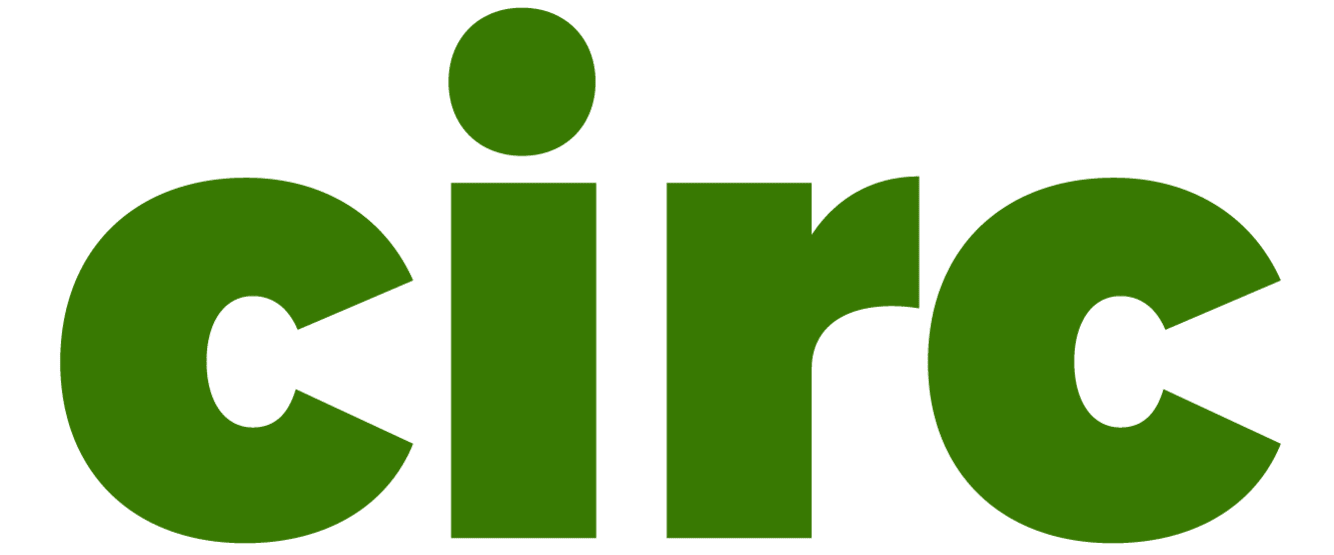The Social Security Administration is looking to cut down on who qualifies for Supplemental Security Income and decrease payments for some existing beneficiaries.
The agency signaled in a recent notice that it plans to rescind a Biden-era rule that expanded SSI eligibility.
The change, which was finalized and took effect last year, broadened what counts as a “public assistance household,” a classification that can significantly impact benefit amounts.
Advertisement – Continue Reading Below
SSI beneficiaries can see their benefits reduced by as much as a third if they receive what’s known as “in-kind support and maintenance,” which can include housing that’s provided by family, according to the Center on Budget and Policy Priorities. But, beneficiaries who live in households that receive public assistance are exempt from this deduction under the assumption that others in the home are not providing assistance that could be considered income.
Under the wider definition of a “public assistance household” that was adopted last year, the classification applies to households receiving Supplemental Nutrition Assistance Program, or SNAP, payments as well as households where not everyone receives public assistance.
Per the rule, a “public assistance household” is considered one with an applicant or recipient of SSI and at least one other person receiving means-tested public income-maintenance payments. Prior to the change, everyone in the household had to be receiving public assistance to count.
“Under the anticipated Trump administration proposal, it’s expected that receiving food assistance from SNAP would no longer be enough to qualify a family as a ‘public assistance household.’ This change would ignore the reality that families who receive SNAP have very low incomes — the typical multi-person SNAP household with at least one member who receives SSI has an annual income of around $17,000, well below the poverty line,” wrote Kathleen Romig and Devin O’Connor from the Center on Budget and Policy Priorities in a new report. “The resulting SSI benefit cuts would be felt in low-income households with disabled family members or older relatives across the country.”
In finalizing the change last year, the Social Security Administration estimated that expanding the definition of a “public assistance household” would lead to an additional 109,000 individuals receiving SSI and increased monthly payments for roughly 277,000 beneficiaries by 2033.
Romig and O’Connor warn that restricting what qualifies as a “public assistance household” could discourage families from helping their loved ones for fear of jeopardizing benefits, force more individuals with disabilities into institutions and increase reporting requirements for beneficiaries.
The recent notice is just the first step in the process. In order to revert to the more stringent standards, the Trump administration would need to propose a new rule and allow for a public comment period before any changes could be finalized. It’s unclear when any of that might occur.
Roughly 7.5 million Americans, including many with disabilities, receive SSI each month. The program currently offers a maximum federal benefit of $967 for individuals and $1,450 for couples.


